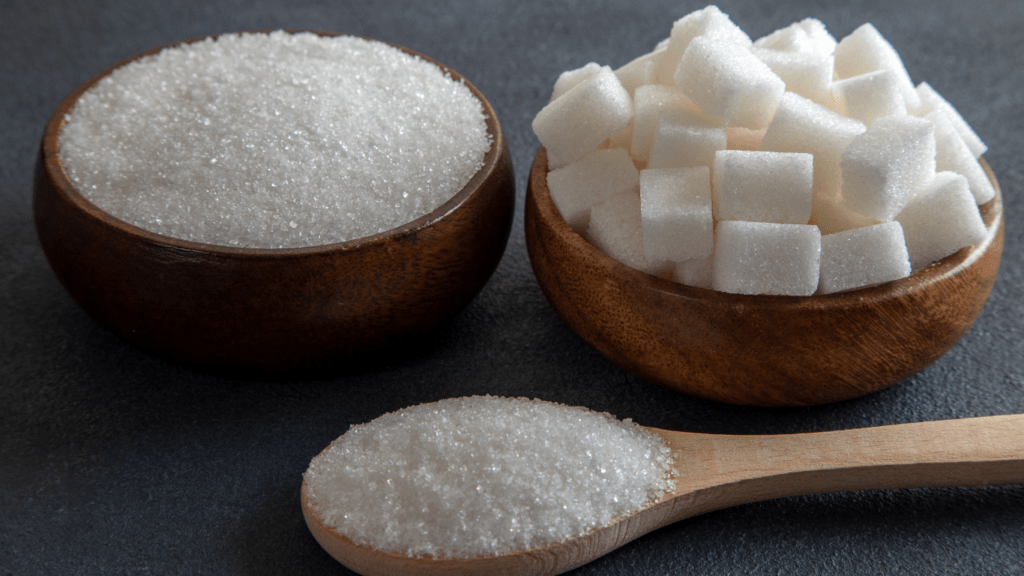Understanding Meal Planning
Meal planning simplifies healthy eating by organizing meals in advance, reducing the stress of last-minute decisions. I identify my dietary preferences and nutritional goals to create a tailored plan. This process ensures that I consume well-balanced meals over the week.
Grocery shopping becomes more efficient with meal planning. I create a shopping list based on planned meals, avoiding impulse buys and saving money. This focused approach eliminates unnecessary purchases and minimizes food waste.
Food preparation is streamlined when I allocate time for cooking in batches or pre-cooking certain ingredients. I store these prepared components, making it easier to assemble meals quickly. This method is ideal for busy schedules, ensuring access to healthy meals.
By adopting meal planning, I integrate variety and nutrition into my diet seamlessly. I schedule different cuisines and dishes to prevent monotony and ensure a range of nutrients. This strategic planning enhances dietary satisfaction and sustenance.
Integrating meal planning into my routine empowers me to maintain a healthy lifestyle, even with time constraints. It’s an essential tool for prioritizing nutrition amid a busy life, enabling me to enjoy wholesome meals without compromise.
Benefits of Meal Planning for Busy People

Meal planning transforms how I manage my diet, making it easier to maintain a healthy lifestyle despite a hectic schedule.
Saves Time and Reduces Stress
Organizing meals in advance saves significant time during the week. When I know exactly what I’m cooking, grocery shopping becomes quicker, reducing stress caused by indecision. Meal prep means there’s no scramble to figure out dinner after a long day. This clear direction alleviates the pressure of daily mealtime decisions.
Supports Healthier Eating Habits
A structured meal plan ensures I consume balanced, nutritious meals. By choosing wholesome recipes that align with my dietary needs, I avoid reaching for unhealthy snacks or fast-food options. Regular meal planning promotes consistency in my diet, helping me meet my nutritional goals more effectively.
Cuts Down on Food Waste
Mapping out meals allows for precise grocery list creation, minimizing unnecessary purchases and food spoilage. With meal planning, I only buy what I need, leading to less food waste. This efficiency not only benefits my wallet but also supports environmental sustainability.
Essential Meal Planning Tips
Efficient meal planning eases healthy eating for busy individuals. Incorporating realistic goals and flexibility into your plan solidifies its success.
Setting Realistic Goals
- Define achievable dietary goals based on your schedule and nutritional needs.
- Start with simple objectives like incorporating a vegetable in every meal or reducing sodium intake.
- Assess your current habits and identify small changes that lead to healthier choices.
- Incremental goals build confidence and gradually transform your eating habits.
Creating a Flexible Plan
Develop a meal plan that adapts to unforeseen changes in your schedule. Include interchangeable ingredients and recipes to accommodate varying time constraints or unexpected events. Opt for versatile ingredients like rotisserie chicken or quinoa for quick swaps in meals. A flexible plan allows you to maintain consistency without feeling overwhelmed, even on hectic days.
Quick and Healthy Meal Ideas
Busy schedules often make it challenging to prioritize healthy eating. Having quick meal options ensures nutritious food is accessible at any time of day.
Breakfast On-the-Go
Mornings often start with a rush, but that doesn’t mean breakfast gets neglected. I prepare overnight oats with chia seeds, almond milk, and fresh berries. It’s an easy, nutrient-rich option to grab before leaving. Smoothies also offer quick nutrition; blend spinach, banana, protein powder, and almond milk for a filling drink.
Lunch Solutions
Lunchtime presents its own challenges, but a little preparation makes it simple. I often prepare quinoa salad loaded with vegetables, chickpeas, and a light lemon dressing in advance. Jar salads, layered with greens, beans, and grilled chicken, stay fresh and are easy to transport. These meals are both satisfying and support dietary goals.
Dinner Preparations
Dinner needs to be stress-free but still healthy. I like sheet pan meals where I roast chicken, sweet potatoes, and broccoli with olive oil and herbs. Stir-fries with tofu or shrimp, mixed with vegetables and served over brown rice, offer quick options that align with nutritional needs. Both provide balanced nutrition without requiring extensive effort.
Tools and Resources for Effective Meal Planning
Finding the right tools makes meal planning easier, even with a hectic schedule. Leveraging technology and practical kitchen gadgets ensures efficient preparation of healthy meals.
Meal Planning Apps
Meal planning apps simplify creating and managing meal schedules. Apps like Mealime and Yummly offer customizable meal plans based on personal dietary preferences and nutritional goals. With features like grocery list integration and recipe suggestions, these tools streamline planning and shopping. Paprika and Plan to Eat, for example, allow users to save and organize favorite recipes, making it simple to revisit preferred meal ideas.
Kitchen Gadgets and Essentials
Essential kitchen gadgets reduce prep time and improve meal efficiency.
- A quality knife set and cutting board facilitate quick and safe ingredient prep.
- Multi-cookers, such as the Instant Pot, offer versatile cooking options, allowing for the preparation of various dishes with minimal supervision.
- Consider having storage containers for easy meal portioning and preservation.
- Using gadgets like blenders or food processors expedites tasks such as smoothie preparation and vegetable chopping, supporting healthier on-the-go options.


 Senior Sports Writer
Alfred Alder is the senior sports writer at Sprint Scoop News, bringing his extensive knowledge of fitness, training, and sports business to the forefront. With a career spanning more than a decade, Alfred specializes in delivering high-quality, engaging content that covers everything from sponsorship trends to the latest in health and nutrition for athletes. His deep understanding of the sports industry allows him to provide readers with comprehensive insights that make complex topics accessible and exciting.
Senior Sports Writer
Alfred Alder is the senior sports writer at Sprint Scoop News, bringing his extensive knowledge of fitness, training, and sports business to the forefront. With a career spanning more than a decade, Alfred specializes in delivering high-quality, engaging content that covers everything from sponsorship trends to the latest in health and nutrition for athletes. His deep understanding of the sports industry allows him to provide readers with comprehensive insights that make complex topics accessible and exciting.
